If you’ve been into car audio for any amount of time, then you’ll remember when magazines used to compare products head to head. Even if you didn’t read the specific multi-product reviews, the gigantic buyers guide issues listed all the pertinent specifications so you could see how one radio, speaker or amplifier stacked up against the competition. Now that all the print car audio magazines are gone, it seems that very few people take the time to compare the performance or value of the products they choose to upgrade the audio systems in their vehicles.
Back When Performance Mattered
I vividly remember working in the Precision Power Inc. Tweak-and-Tune with my friend Dave Gumienny at the IASCA World Finals in the late ’90s when a competitor walked up and asked for some help setting the RTA in his car. We found him some space, and he got his AudioControl SA-3050 RTA microphone set up in the driver’s seat. As we worked through the settings on his PPI DEQ-230, we started talking about the system in the vehicle. He told me that the car had three of the massive Art Series A1200.2 amplifiers in the trunk. One of the amplifiers ran the three 10-inch subs mounted to the underside of the rear parcel shelf, the second ran the midrange drivers and tweeters in the corners of the dash and a third ran a single 4-inch driver just in front of the center console. I was curious about why he had as much as 1,200 watts of power available to a single small speaker, so I asked him about the design. His answer was that he’d borrowed as many amplifiers as he could find, and he and the staff at the shop that built the car listened to all of them before choosing the best for his build. His answer put a smile on my face, and the message clearly left an indelible impression.
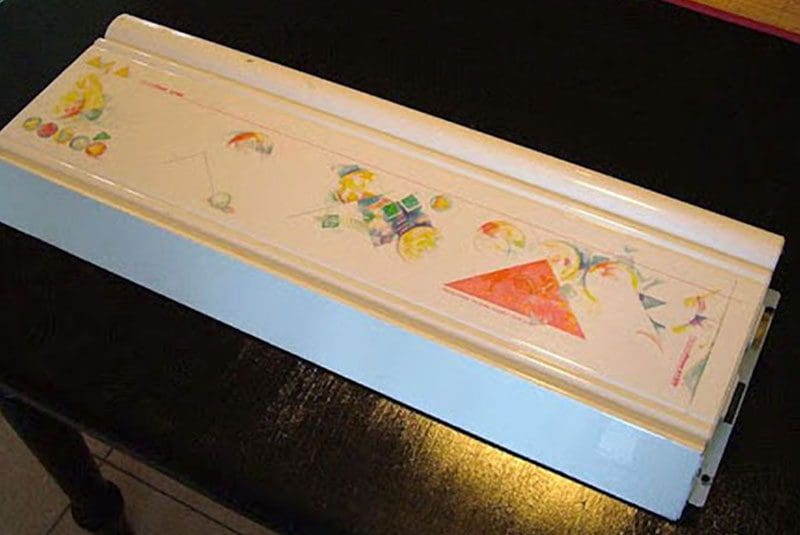
It wasn’t long before car audio competitors started to shift their focus from choosing high-quality products to choosing products they could get a deal on as a member of a manufacturer’s competition team. Sadly, for sound quality competitions, not much has changed in 25 years, aside from there being far fewer events than in the ’90s.
Car Audio Product Selection and the Internet
It was in the late ’90 s that the internet took off. Online message forums like CarSound, Term-Pro and Canadian Car Audio were havens for enthusiasts to talk about system designs and products. I can’t even fathom how many hours were invested in writing messages in those groups. What didn’t seem popular was for enthusiasts or retailers to spend significant time auditioning product solutions under controlled conditions. Brand reputation and popularity seemed more important, and I’d say this situation has been amplified today.

Late last year, a friend asked me to test a subwoofer amplifier manufactured by a popular brand. He didn’t think it sounded all that great, nor did he feel it made as much power as it claimed. I set the amp up in my lab and ran it through the basic noise, distortion, frequency response and power production tests. He was right. It wasn’t great. The manufacturer claimed the amp would make over 1,000 watts at less than 1% THD+N. I measured just over 650 watts. Worse, the amp was well under 60% efficient when running at 1 ohm.
By comparison, I just finished a review of the Rockford Fosgate M5-1000X1 that’s rated for 750 watts. It made just shy of 1,000 watts and was more than 70% efficient. In the same vein, the ARC Audio ARC1000.4 that I reviewed was rated for 1,000 watts and produced well over 1400 watts and was also over 70% efficient. You can find the review of the ARC Audio amp here.
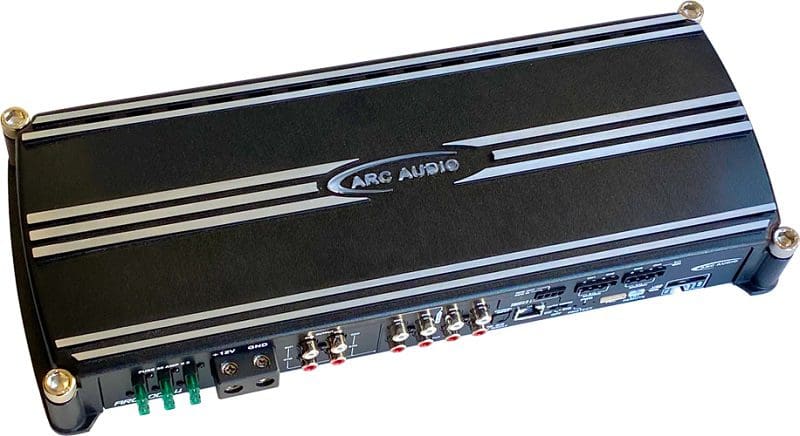
The amp had frequency response issues (not flat), and both the noise and distortion tests were mediocre at best. Honestly, it was sad to see a product so disappointing, and worse, that it came from what many people consider to be one of the top brands in the industry. Worse yet, I’ve since seen a second company offering the same amp under a different brand.
Speakers Make a Bigger Difference than Electronics
Speakers are where the difference between a low-quality and a properly designed, engineered and constructed solution is even more significant. Designing car audio speakers is more difficult than most people think. If you look at the most popular high-end brands in the industry, you’ll find that many are a decade or two behind the best-sounding solutions in terms of technology. True, they all still use the moving-coil speaker design that was invented in the late 1800s and patented in 1925. But with technologies like Finite Element computer-modeling of the motor design or position-based measurement systems like Klippel, the brands that are committed to producing solutions that genuinely sound better simply excel beyond those focusing on style and brand hype.
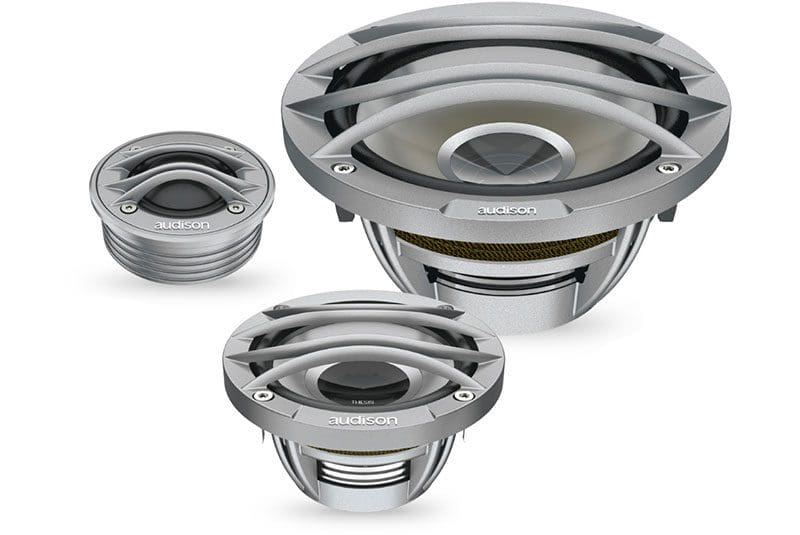
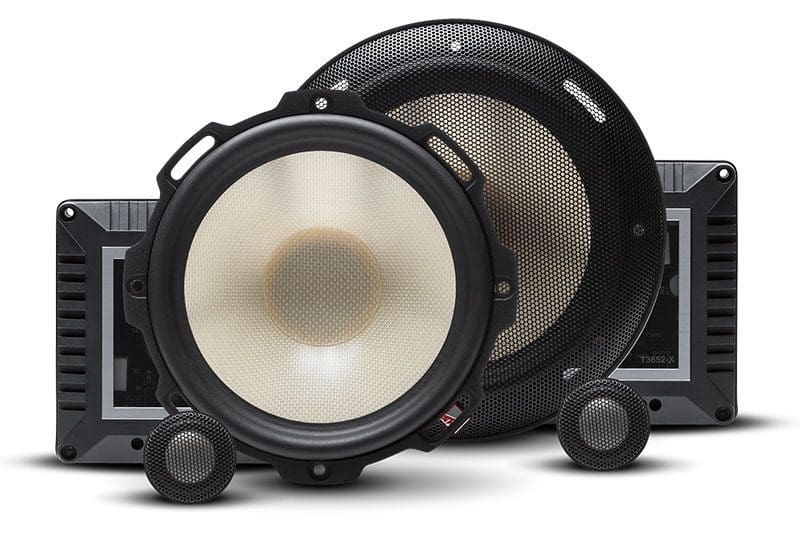
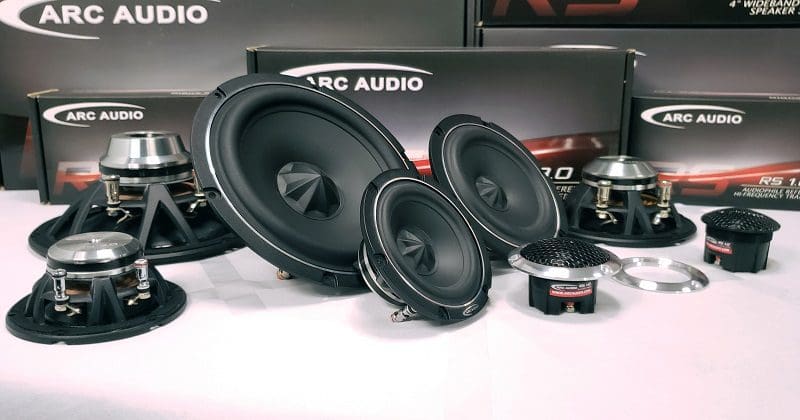
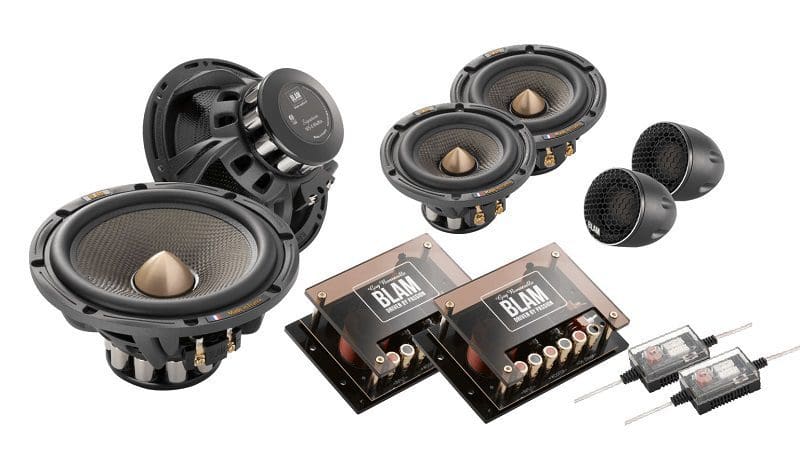
Is It the Specifications’ Fault?
In trying to rationalize why consumers are seemingly less interested in quality, I was reminded of the popularity of the Beats brand of headphones. When you truly appreciate what music should sound like, no amount of hype created by supposedly famous people wearing a set of headphones is going to matter. The same goes for car audio products. There are always going to be fanboys who think their brand of choice is the best, and no amount of engineer proof or controlled auditioning is going to change their mind.
Comparing Car Audio Products
Unless you have unlimited funds and time, it’s difficult to audition audio products under strictly controlled conditions. I will fully admit that it takes a genuine commitment to develop an ear for what’s good and what’s mediocre or flawed. But it’s not hard. All it takes is a selection of musical tracks that highlight the characteristics you want to evaluate and a sample base large enough to develop a mental database of the differences.
One of the most cringeworthy statements I encounter is, “These are the best I have ever heard.” While perhaps not inaccurate, the qualifier remains that you may still not have heard an example that’s truly high-quality. What if the best speaker, amplifier, source unit or subwoofer that one brand offers is equivalent in performance to an entry-level product from a brand that has invested in better engineering and testing? If you haven’t heard that better brand, then this statement remains truthful but irrelevant in supporting the solution.
I keep thinking back to my early days in the car audio industry. Local events here in Southern Ontario often had the Orion Van from Linear Marketing or the Rockford Fosgate Blastro Van from Korbon Trading on hand to give demos. Both would still be considered significant builds by today’s standards, but the sound quality and accuracy they delivered was nothing like we have today. With that said, if you were into car audio and you had the chance to see and hear these vehicles, they left a permanent impression. They were great marketing tools!
If you think for one second that “you can’t hear the difference,” I firmly believe you are mistaken. A friend of mine recently upgraded his car audio system with genuinely high-performance amplifiers and speakers and has been letting all his friends audition the results. Every single one of them raves about the clarity and the impressive imaging. Most of these folks would consider themselves bass-heads. I think it’s amazing for them to be able to experience their music through truly impressive products.
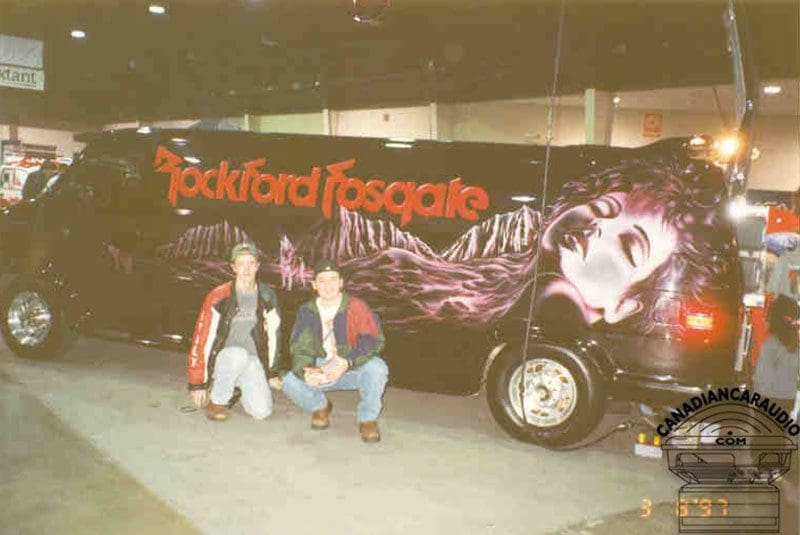
We Compare Everything Else, Why Not Car Audio?
I will fully admit to having a tiny bit of a YouTube addiction. It’s replaced television as my “screen time” of choice. Aside from watching Cleetus McFarland, KSR Racing, Fasterproms, Abom79, Wintergatan, bigclivedotcom and letsdig18, I get significant enjoyment from several channels that delve into the performance and functionality of products. First, LockPickingLawyer picks and often dissects all manner of locks, often in a matter of seconds. He points out the flaws in their designs and given his background in legal-speak, does so with impressively careful wording. A similar channel is that of my fellow Canadian AvE. He’s best known for his Bored of Lame Tool Reviews (BOLTR), wherein he dissects all sorts of power tools. He has no problem pointing out design issues, even in pricey gear from companies like Festool and Snap-On. Of course, his catchphrases and expressions are now common language. Warning: The language on this one isn’t kid-friendly.
Todd from Project Farm pits everyday items like zip ties, glues, power tools, rechargeable batteries, motor oils and much more against each other in home-brewed challenges that determine the best bang for your buck. It’s well worth checking to see if he’s tested something before you go shopping.
If you’re into automotive detailing, then Scott Hibbeler from Perfection Correction in Tyler, Texas, has a YouTube channel called Scott HD where he puts waxes, coatings, paint protection film and more in controlled head-to-head challenges to find out which perform the best. Some of the tests have been running for almost two years to determine the long-term performance of these products that make outrageous longevity claims.
Not Everyone Is an Expert
One word of warning: Not everyone is an expert in the physics of car audio. Comparing products requires in-depth knowledge of how they work, their intended application and an understanding of how to control the conditions under which they are tested. Listening to a set of speakers in one car then auditioning a second set in a different vehicle isn’t a comparison. Likewise, comparing amplifier power measurements without evaluating distortion and noise performance is about as useful as picking the best tire for a car or truck based on the cosmetics of the tread and sidewall design.
If you’re going to search for the best products for your car audio system, or more importantly, the best value in products, then you’ll have to do some work. Don’t forget that every brand wants you to buy their products, and every retailer is going to promote the products they sell. Finding a shop that offers the best products and the best service is the key to getting an amazing car audio upgrade. Invest some time in comparing the products you’re thinking of purchasing with more and less expensive options. Sometimes, the results will surprise you.

